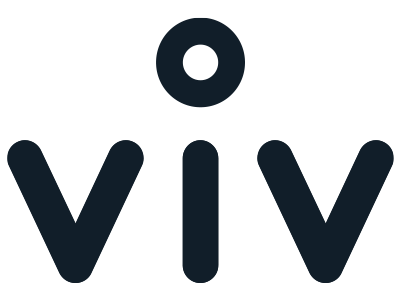Femoston is a tablet containing oestrogen and a similar hormone to progesterone (these are called ‘progestogens’). The oestrogen is exactly the same as your own body makes (body-identical) and the progestogen is dydrogesterone, the safest oral progestogen for breasts.
Femoston can be used during perimenopause and after menopause to replace your body’s falling oestrogen and progesterone levels. It is an excellent treatment for many of the symptoms of menopause caused by low oestrogen eg flushes, vaginal dryness, bladder problems, sleep problems, irritability and depression. Femoston also helps to prevent osteoporosis, diabetes, depression and may even prevent cardiac disease and dementia. The combination with progestogen is a convenient way to protect your endometrial lining if you have a uterus.
Perimenopause – Femoston 1/10; 2/10 (oestrogen in every tablet, progestogen in tablets during weeks 3 and 4).
This will give you a monthly bleed. There are 2 strengths with different amounts of oestrogen but the same amount of progestogen. It is common to have to adjust your dose according to your response. Start taking the tablets marked “1” on the first day of your period and follow these with those marked “2”.
Postmenopause – Femoston conti (oestrogen and progestogen in every tablet).
On this regime there should be no bleeding. Start taking them on any day.
Your doctor may suggest different ways to use Femoston or may include additional oestrogen in the form of a patch, gel or vaginally. It takes a few months to settle into your right dose. Vaginal bleeding in particular is common in the first few months. You may also need to change hormone treatments as you journey through menopause.
How to use Femoston
Femoston is a tablet you take every day. Swallow the tablet whole with a glass of water, it doesn’t matter whether you take it with or without food.
Risks of using HRT
Thrombosis
A thrombosis is the formation of a blood clot which may block a blood vessel.
A thrombosis sometimes occurs in the deep veins of the legs (deep venous thrombosis). If this blood clot breaks away from the veins where it is formed, it may reach and block the arteries of the lungs, causing a so-called “pulmonary embolism”. Deep venous thrombosis is a rare occurrence. It can develop whether or not you are taking oestrogen. The risk is higher in oestrogen-users than in non-users. The increased risk has been seen with tablet or oral oestrogen use and not when used through the skin.
Breast cancer
Some females using HRT will be diagnosed with breast cancer slightly more often than those not using HRT. The studies showing this were using old style formulations in certain groups of females and the risk is very small. There is no increased risk of dying from breast cancer nor any increased risk of dying from any cause (all cause mortality).
It is not clear whether this is caused by the HRT. It may be that the women were examined more often because they were on HRT, or that early cancers grew more quickly. Femostan contains the progestogen dydrogesterone which is thought to have a reduced risk of breast cancer compared to other synthetic or non-body-identical progesterones (also known as progestogens).
Studies show that about one extra case of breast cancer in 1000 women is diagnosed when women use combined HRT – oestrogen AND progesterone (old style non-body-identical formulations of progesterone). Studies show that women using oestrogen alone (without progesterone) have lower rates of breast cancer diagnosis – also about one less diagnosis in 1000 women.
Please talk to your doctor about how these risks weigh up against the benefits for you personally.
Reasons not to start Femoston
- Allergies to Femoston
- Unexplained vaginal bleeding
- Severe liver disease
- You are pregnant or breast feeding
Speak with your doctor about any risks because you have…
Blood clots
Cancer
Migraines
Postnatal depression
Severe premenstrual mood disorder
Side effects of Femoston
Side effects are uncommon and you may not experience any. Most are not serious and will settle over a few months.
The risk of blood clots is more likely using oestrogen tablets than skin patches or gels.
Nausea, headache, breakthrough vaginal bleeding or spotting, bloating
period like discomfort, acne, breast pain or tenderness, changes in mood, libido or sleep, constipation.
Stop taking Femoston and seek medical advice if…
Migraines are getting worse
The skin or eyes are becoming yellow
Depression is worsening
Pain in your calves or chest, sudden shortness of breath indicating possible clots*
Severe headache, vomiting, dizziness, changes in vision, speech, numbness, weakness of an arm or leg*
* go to emergency as these need immediate assessment.

